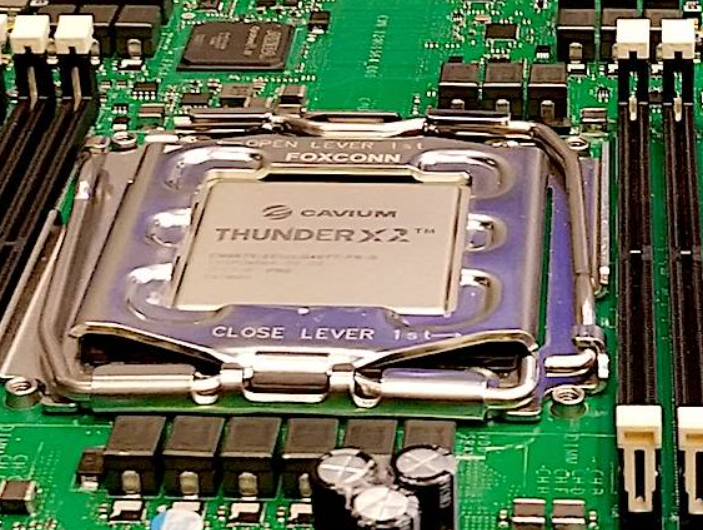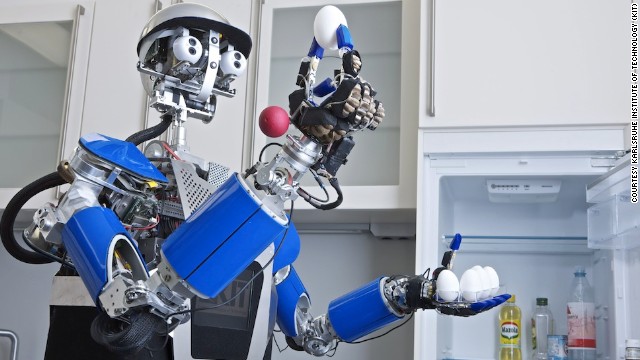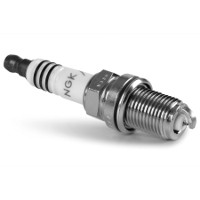Apocalyptic warnings about the risks of AI are hardly new. Stephen Hawking warned that “the development of full AI could spell the end of the human race”(1) and Elon Musk has declared unregulated AI more dangerous than nuclear weapons(2). While computers aren’t out-thinking humans just yet, we’re already confronting the first challenge of the AI-age
During September of 2018, members of our Cabot Partners team had the opportunity to work with talented engineers and industry experts from HPE, Cadence, Marvell, and Arm. We collaborated to develop a whitepaper and conduct preliminary benchmarks showing how new Cadence tools optimized for multi-core systems benefit from Marvell ThunderX2 Arm-based systems such as the
Carrots and sticks: How new challenges are bringing fresh opportunities for HPC, data analytics, and AI This Cabot Partners article sponsored by IBM was published at HPCwire at this URL. This article is identical, but graphics are presented in higher resolution. ————- For decades, banks have relied on high-performance computing (HPC). When it comes to
I’ve been interested in workload scheduling for ~13 years now. I come at the topic from an HPC perspective, but as I continue to learn the space, I’ve become a fan of Google’s Kubernetes/Borg effort. I recently had the opportunity to test drive Kubernetes using Rancher, a container management platform and write a few articles
How to deal with your free-loading Robot. This article is based on a blog I recently published on Vantiv O.N.E., Vantiv’s Developer Portal. You can read the original post here. Gone are the days when Robots were massive and expensive beasts, purpose-built and affordable only to large manufacturers. As technology, materials and software have evolved,
Why one size does not fit all – (and you wouldn’t want it to!) This article is replicated from its original location on the Vantiv O.N.E. blog, Vantiv’s site for payment application developers. You can read the original article here. As payment aficionados know, Apple Pay is fast becoming an important payment technology. While previously
Cabot Partners – Software Defined Infrastructure in Life Sciences Final Life sciences research is advancing at a rapid pace. New techniques such as next-generation sequencing (NGS) are playing a vital role in growing scientific knowledge, facilitating the development of targeted drugs, and delivering personalized healthcare. By investigating the human genome, and studying it in the
By Gord Sissons This article was originally posted at Vantiv.COM. For new developers evaluating Vantiv as a payment provider or existing partners experienced with Vantiv’s APIs, DevHub is an important new tool that can help simplify and streamline application development, certification and maintenance. In this article, we take a quick look at DevHub, and explain
Gord Sissons, Product Marketing, Vantiv Original article here: https://www.vantiv.com/developers/articles/omnicommerce-fraud-evolution Developers have a key role to play While fraud has always been a concern, with the EMV liability shift upon us, combating fraud at the point of sale (POS) is top of mind for merchants. As the POS becomes a harder target however, fraudsters are likely
Some developers may already be familiar with Vantiv’s Express API as an interface for processing card present (CP) payments in Windows/C# POS environments. Express is versatile however, and is able to accommodate a variety of payment types and applications. Once on-boarded with Vantiv for payment processing, whether via Express or other integration methods, merchants benefit










